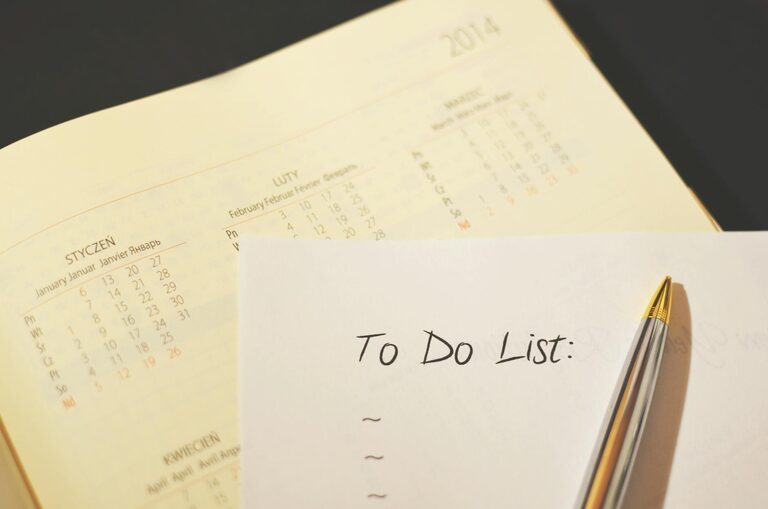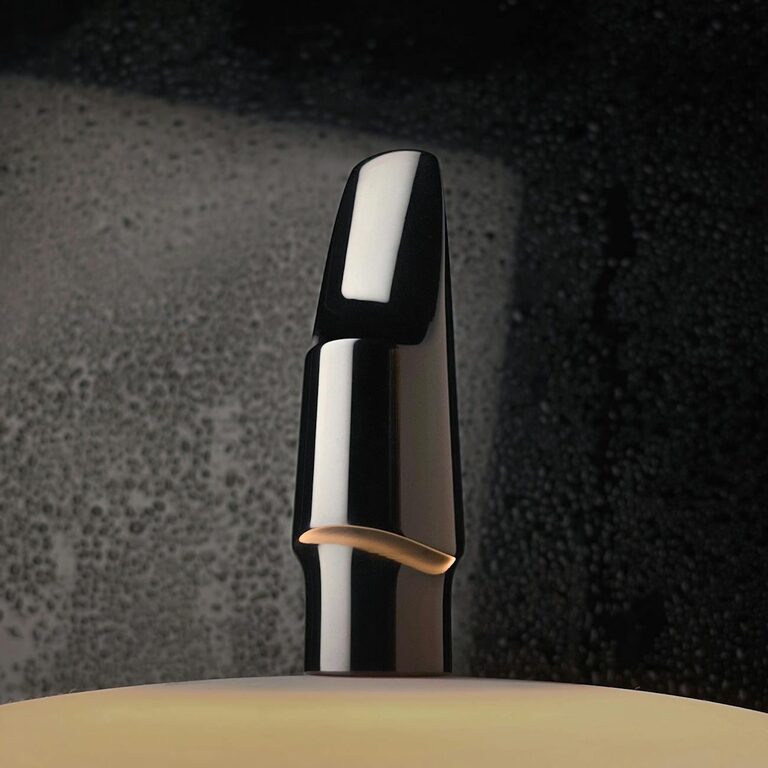
In today’s fast-paced world, it’s easy to feel overwhelmed and distracted. Mindfulness—the practice of being fully present and engaged in the moment—can help bring calm, clarity, and balance to your daily life. The good news is that mindfulness doesn’t require complicated techniques or hours of meditation. Anyone can start with simple, practical habits you can do anytime, anywhere.
In this post, we’ll explore easy mindfulness practices you can incorporate into your day, even with a busy schedule. These small steps add up to big benefits for your mental and emotional well-being.
What is Mindfulness?
Mindfulness means bringing your full attention to what’s happening right now, without judgment or distraction. It’s about noticing your thoughts, feelings, and surroundings with curiosity and acceptance.
You don’t have to clear your mind or stop thinking—mindfulness is about observing your experience without getting caught up in it. This awareness helps reduce stress, improve focus, and cultivate a greater sense of peace.
Why Practice Mindfulness Daily?
Practicing mindfulness regularly can:
– Reduce stress and anxiety
– Improve concentration and productivity
– Enhance emotional resilience
– Support better sleep
– Boost overall happiness and well-being
By training your mind to stay present, you become less reactive and more thoughtful in your daily decisions and interactions.
Simple Mindfulness Practices for Every Day
Here are some easy mindfulness exercises to try. You can do most of these in just a few minutes:
1. Mindful Breathing
One of the easiest ways to start is by paying attention to your breath.
– Sit comfortably in a quiet spot.
– Close your eyes if you like.
– Notice the natural rhythm of your breath—how it feels going in and out.
– If your mind wanders, gently bring it back to the breath.
– Try this for 1 to 5 minutes a few times a day.
This practice helps calm your nervous system and anchors you in the present moment.
2. Mindful Eating
Turn mealtime into a mindfulness exercise by really savoring your food.
– Eat without distractions like TV or phones.
– Notice the colors, smells, and textures of your food.
– Take small bites and chew slowly.
– Pay attention to the flavors and how your body feels.
– Mindful eating can improve digestion and help you appreciate your meals more deeply.
3. Body Scan
A body scan invites you to systematically notice sensations in different parts of your body.
– Lie down or sit comfortably.
– Close your eyes and take a few deep breaths.
– Start at your toes and slowly move your attention up through your legs, belly, chest, arms, neck, and head.
– Notice any tension, warmth, or other sensations without trying to change them.
– Spend about 5 to 10 minutes on this practice to relax and connect with your body.
4. Mindful Walking
Walking mindfully turns an everyday activity into a moment of awareness.
– Walk slowly and focus on how your feet touch the ground.
– Notice the movement of your legs and hips.
– Pay attention to the sights, sounds, and smells around you.
– If your mind drifts, gently bring it back to your steps and surroundings.
– This can be especially refreshing outdoors in nature.
5. Single-Tasking
Multitasking can scatter your attention. Try single-tasking to bring mindfulness to your work.
– Choose one task to focus on at a time.
– Close unnecessary tabs or apps.
– Give the task your full attention, noticing the details and the process.
– Take short breaks to breathe and reset before moving on.
– This can increase your efficiency and reduce mental fatigue.
6. Gratitude Pause
Cultivating gratitude shifts your focus to positive aspects of your life.
– Take a moment daily to reflect on 3 things you are grateful for.
– They can be simple, like a warm cup of tea or a kind word from a friend.
– Write them down or simply acknowledge them silently.
– This practice enhances your mood and encourages a positive mindset.
Tips for Maintaining a Mindfulness Practice
Starting new habits can be challenging. Here are some tips to help mindfulness become a consistent part of your life:
– Start small: Even 1 to 5 minutes a day can make a difference.
– Set reminders: Use phone alarms or sticky notes to prompt mindful moments.
– Be patient: Mindfulness is a skill that develops over time; be gentle with yourself.
– Create cues: Link mindfulness practices to daily routines, like brushing your teeth or waiting in line.
– Find a buddy: Practicing with a friend or group can provide support and motivation.
Mindfulness Apps and Resources
If you enjoy guided sessions, there are many free and paid apps that offer mindfulness exercises:
– Headspace
– Calm
– Insight Timer
– Simple Habit
These apps provide guided meditations, breathing exercises, and reminders to help you stay consistent.
Final Thoughts
Mindfulness enriches your life by helping you connect deeply with the present moment. You don’t need special equipment or a lot of time—just a willingness to pause, breathe, and notice.
Try incorporating one or more of these simple practices into your day and see how your sense of calm and focus grows. Over time, mindfulness can become a natural, joyful part of your everyday life.
Remember, the key is consistency, not perfection. Every mindful moment counts!




